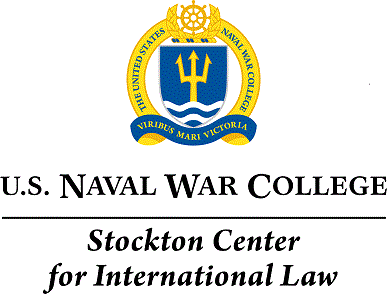
Abstract
A number of stakeholders in the international community have advocated for the establishment of restrictions on the development and acquisition of unmanned vessels capable of contributing to naval warfare. These efforts are often based on the notion that the law did not anticipate the existence and use of unmanned vessels, and therefore the drafters of applicable legal frameworks—including the longstanding international law definition of a “warship”—did not consider them. However, this article evaluates, element by element, how unmanned vessels can, should, and already do meet the requirements for the warship designation under international law, based on a reading compatible with the prevailing approach to the interpretation of international treaty language. It also includes an assessment of the notion that unmanned vessels were not foreseen at the time of the conception of the warship paradigm and explains why this is a flawed premise on which to rely as a pretext for establishing a new regime to account specifically for unmanned vessels. The increased use of submarines by States throughout the twentieth century is occasionally referenced as an instructive model for considering the application of the term “warship” to emerging technologies.
html
